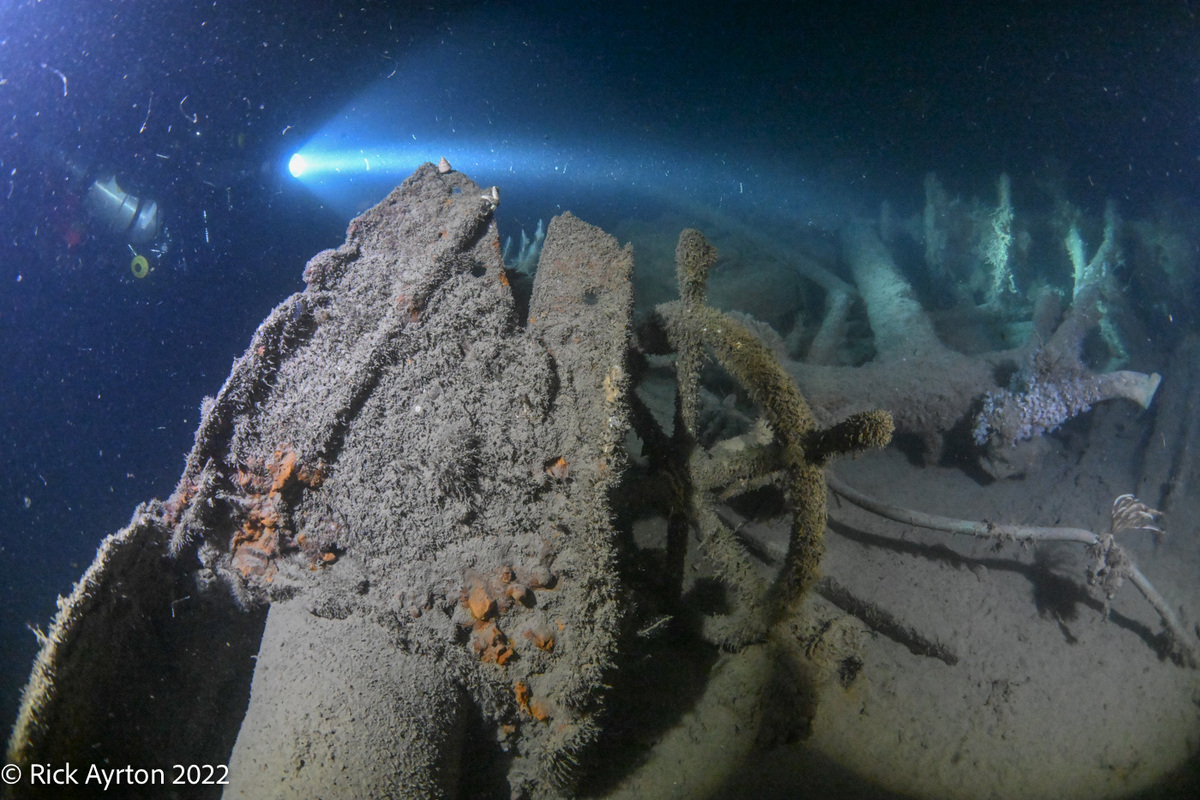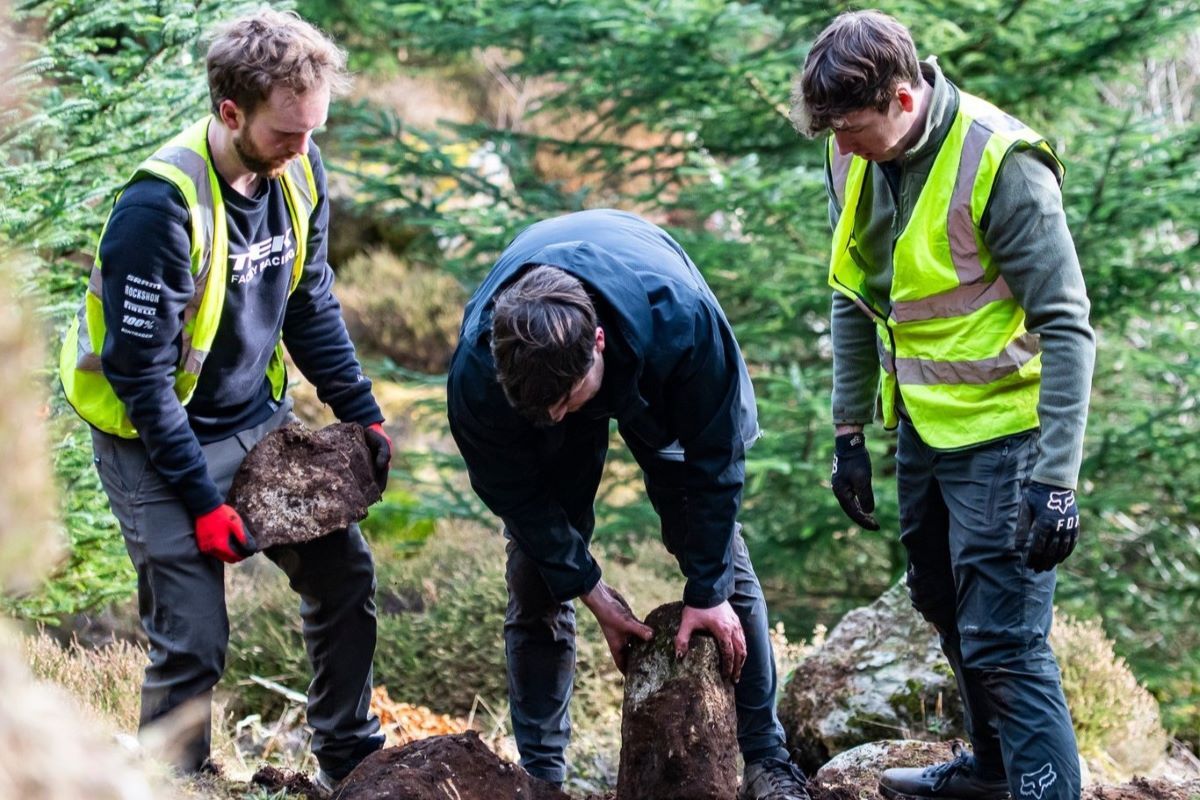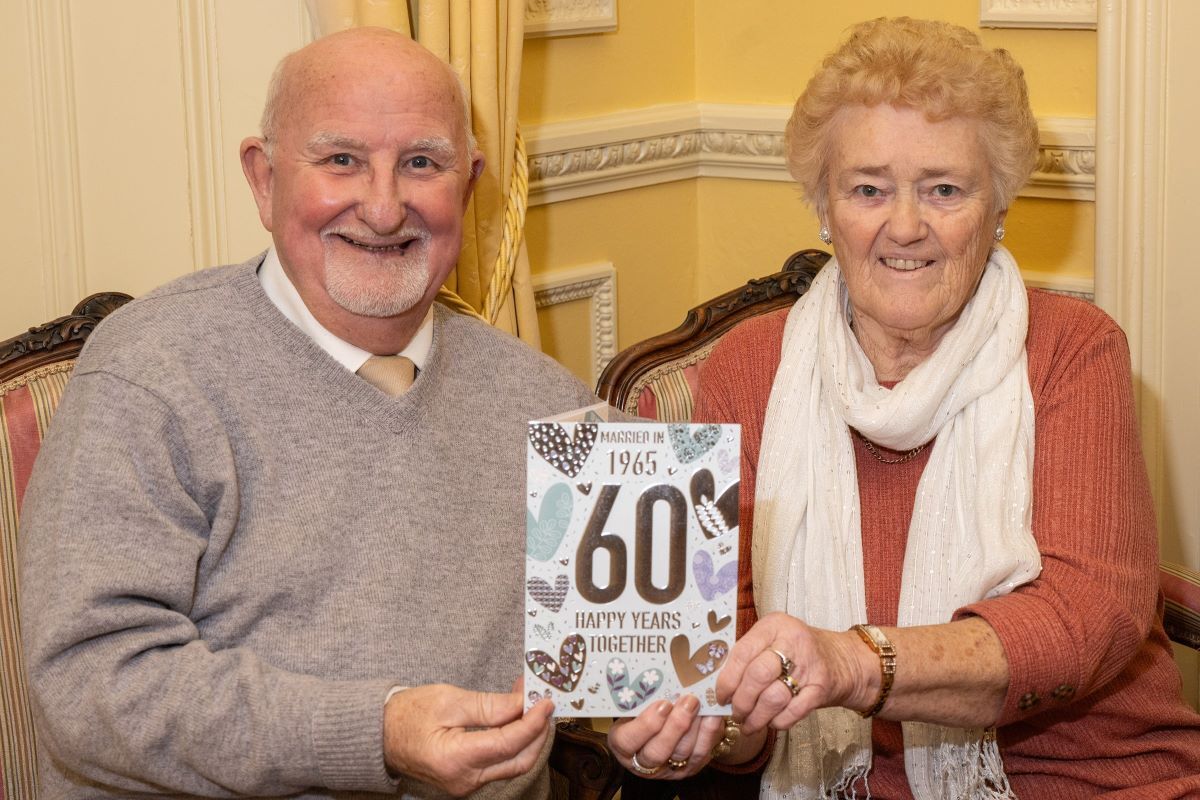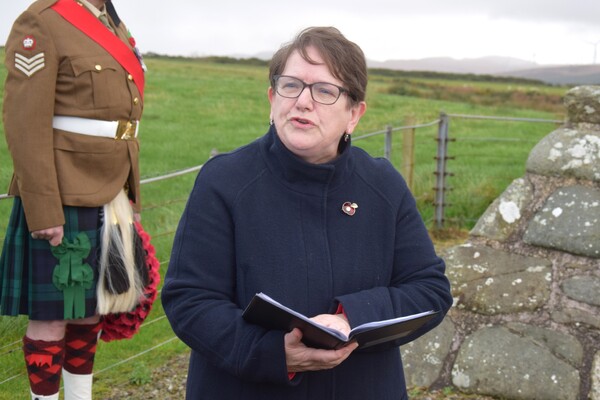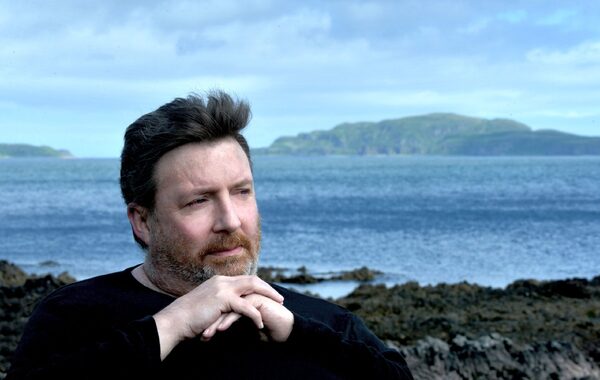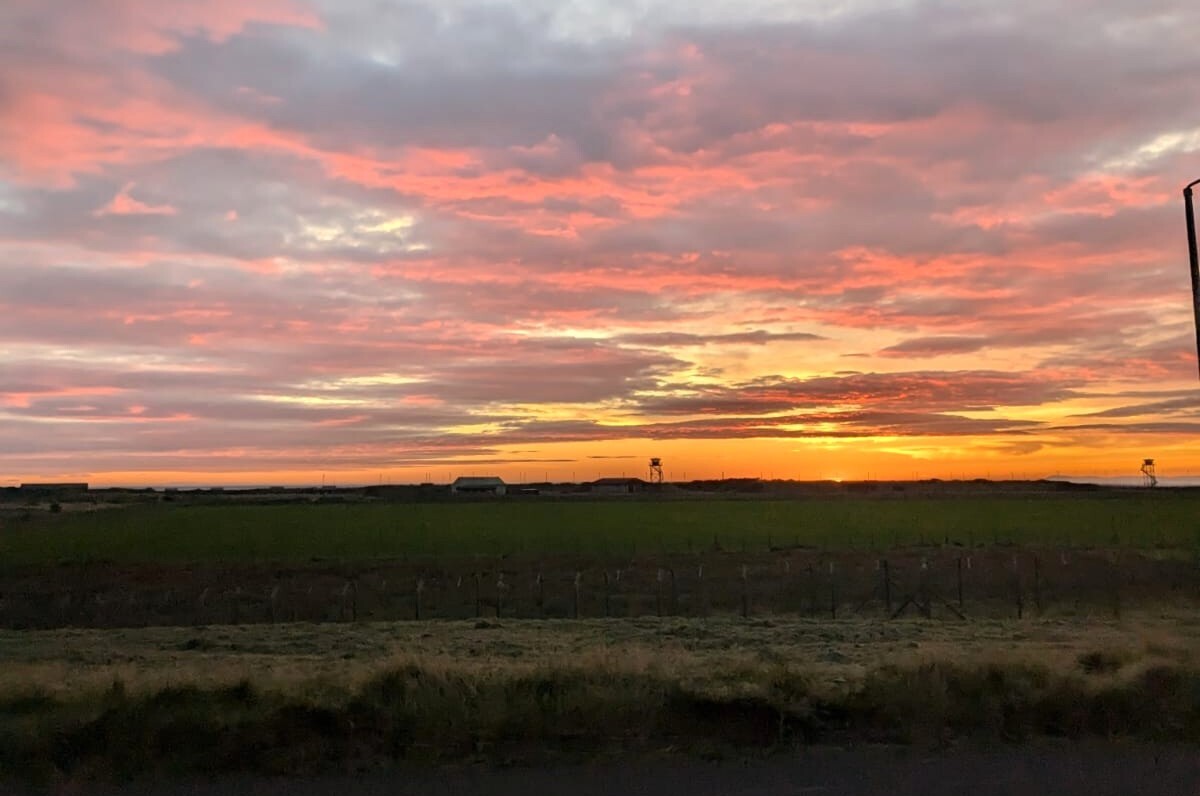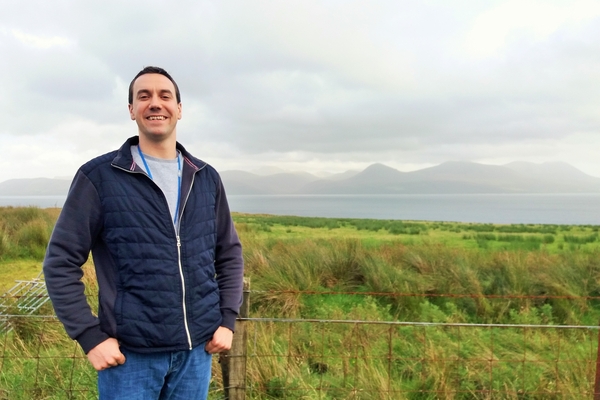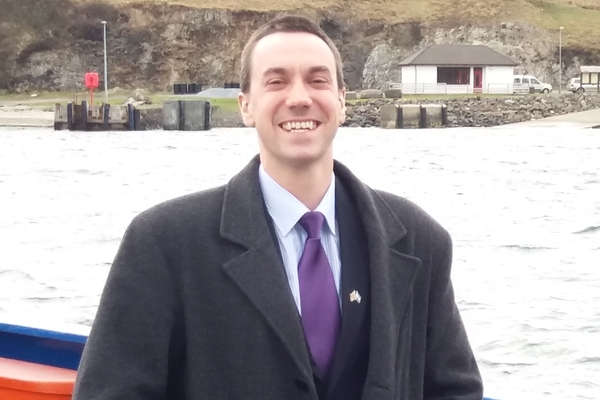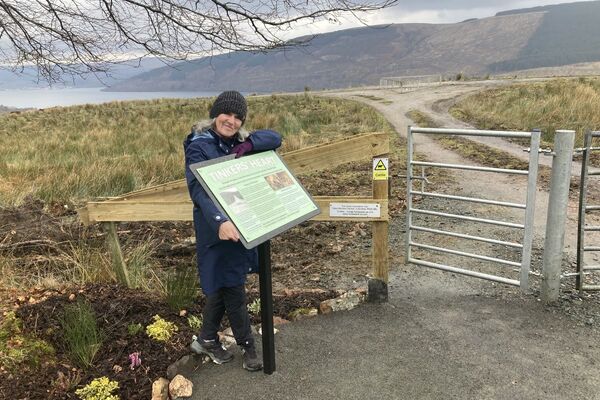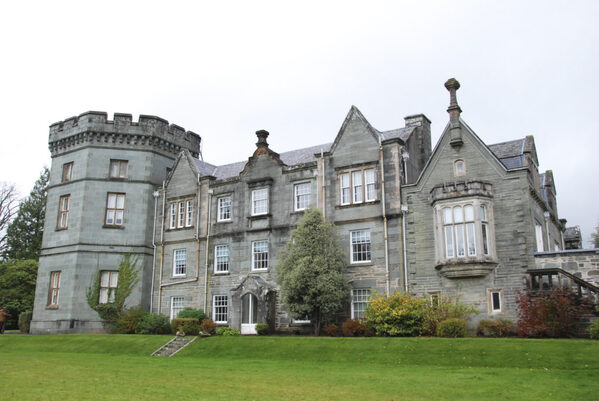Discovery in the deep: Lost World War I wreck found off Coll
Until deep sea divers saw it loom eerily out of the dark a few weeks ago, almost 100m beneath the waves between Coll and Mull, no one was quite sure if it was a rock or a wreck.
But sight of guns, ammunition, boots, bottles and a giant propeller confirmed it. At last, a lost First World War shipwreck had been found, and seen, for the first time since it was sunk by a German mine near Arinagour, 105 years ago in April.
Few sailing on the CalMac ferry into Coll and onto Tiree would have known how close they stood to the torpedo gunboat HMS Jason, the final resting place of 24 Royal Navy sailors who died after an explosion ripped through her iron hull on April 3, 1917.
Only one body was ever recovered, James Edward Blackman, a 25-year-old Stoker First Class far from home in Southsea, who is buried among the Commonwealth War Graves in Pennyfuir Cemetery near Oban.
A life ring in St John's Cathedral in Oban was the only other visible remnant of HMS Jason – until Tuesday April 12, 2022, when these dramatic photographs of her surfaced.
The story begins at 3.37am on February 2, 1917, when the German submarine U-78 (Otto Dröscher) dropped a line of eight mines off Loch Eatharna, Coll.
Two months later, on April 3, the HMS Jason, a 74-metre, 810-tonne vessel armed with a crew of 102, was minesweeping the channel with HMS Circe, when disaster struck.
A telegram to the Commander in Chief Grand Fleet explained: 'H.M.S. ''Jason'' struck a mine 1100 to-day Tuesday off Arinagour, Coll, and sank at 11.15 a.m. All officers saved. 30 men missing. H.M.S. ''Circe'' proceeding to Oban with survivors where arrangements are being made to accommodate five officers and 72 men. Arrangements are being made for a funeral.'
Another Admiralty report concluded: 'The explosion evidently took place in the fore part, the bows drooping and bridge appearing to be considerably damaged.
'"Jason'' almost immediately heeled to port, finally sinking vertically, stern uppermost, ''Circe'' being then 70 yards distant; no further explosion occurred and little if any suction was observed. Work of rescue by boats then proceeded, with very good success, in spite of the very bad weather conditions.
'The boats were only finally recalled when all chances of saving further life was considered to be at an end.'
That was the last time HMS Jason was seen, captured on camera as it sank out of sight.
Despite decades of searching, HMS Jason's location had remained a mystery, until a voluntary team of shipwreck hunters dedicated their time and money – and risked the bends and nitrogen narcosis – to score a cross on a chart.
Above the water, it was five years of fruitless scans for Kevin Heath and Bertrand Taylor, of Orkney-based diving contractors SULA Diving, and Bob Anderson, skipper of the dive vessel MV Clasina, who found only what is termed 'HMS Seabed'.
Two years ago, the hunt was joined by Suffolk-based researcher Wendy Sadler, who collects the facts and photographs and publishes their discoveries – such as the HMS Albacore off Orkney – on the website www.lostinwatersdeep.co.uk
Why do it? 'It is the mystery, trying to find something that is lost, and also remember those who lost their lives,' Kevin said. 'It is an all-round team effort to solve that mystery.'
A breakthrough came in March 2022, when a clear survey, cross-referenced to others in 2021, 2018 and 2017, identified a wreck closely matching the size of HMS Jason.
'There are no other war ships lost off Coll,' said Kevin.
With high hopes, MV Clasina had a team of 12 technical divers, who identify shipwrecks, floating over the spot by April 12.
A reconnaissance diver swam down to check if it was wreck or rock. When the signal, a pellet, popped up to confirm it was HMS Jason, cheers rang around the boat.
'It is pretty arduous being in deep water and being that cold,' said one diver, Fran Hockley. 'There is an element of risk. You are very far away from home!
'We did not know if it was empty seabed or a wreck. We are privileged to get the first sight of a ship that has not been seen since World War I. It is really well preserved.
'We saw personal items: a lot of bottles, remains of shoes or boots, bowls, plates. To think people were eating off those plates, or planning to drink out of those bottles. It is quite humbling.'
'The thing that stands out the most is the guns,' said the dive team's organiser Steve Mortimer. Two guns were spotted, on the stern and bow, with ammunition still boxed up.
'The wreck lies in 93m of water,' the website added. 'The dive concentrated on the stern of the vessel and divers noted the starboard prop and ''A'' bracket, the aft 4.7 inch gun, plates, and bottles, and various bits of machinery.
'On April 13, the divers concentrated on the bow area and noted all bridge equipment, two telegraphs, remains of the compass, and helm all in place. The forward 4.7 inch gun is there, but the bow forward of the gun is missing, from the mine explosion.'
'It is a real privilege,' Steve said after their dive. 'It is not something we take lightly. Twenty-five people died defending our country. The families of those people had no certainty, until yesterday, where their remains lay.'
'Wendy has been in touch with relatives to say they have been found,' said Kevin. 'Not many people had heard of HMS Jason, but 25 people were lost, and this brings their story back.'
The story of Jason, a mythical Greek hero who led The Argonauts on a quest, has been told for millennia. But the story of his namesake, the HMS Jason, has been mostly forgotten.
Now it is being told again, thanks to a quest by a new band who called themselves The Argonauts.
Latest News
JOBS
Fish Health & Welfare Technician - Kames
Kilmelford, Oban£27,750 to £32,250 per annum
Business Development Manager - Highland Broadband
Inverness Area, IV13, IV63£32,000 to £35,000 per annum
Sign up to our daily Newsletter
Permission Statement
Yes! I would like to be sent emails from West Coast Today
I understand that my personal information will not be shared with any third parties, and will only be used to provide me with useful targeted articles as indicated.
I'm also aware that I can un-subscribe at any point either from each email notification or on My Account screen.
Accept
Cancel
You may also like
Latest News
JOBS
Fish Health & Welfare Technician - Kames
Kilmelford, Oban£27,750 to £32,250 per annum
Business Development Manager - Highland Broadband
Inverness Area, IV13, IV63£32,000 to £35,000 per annum

